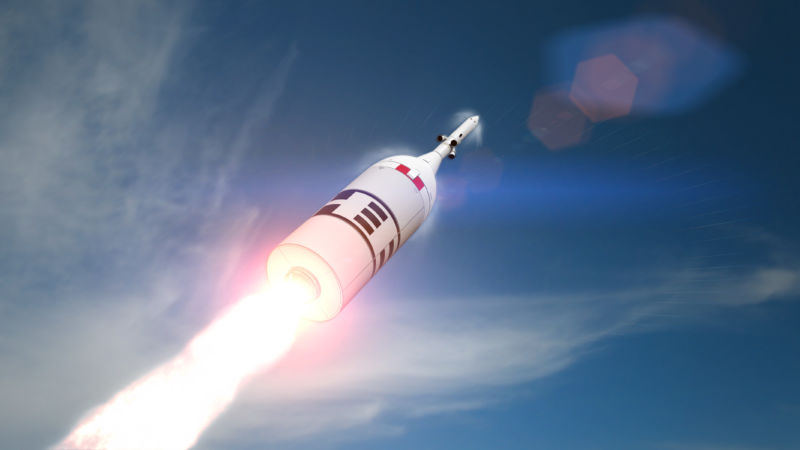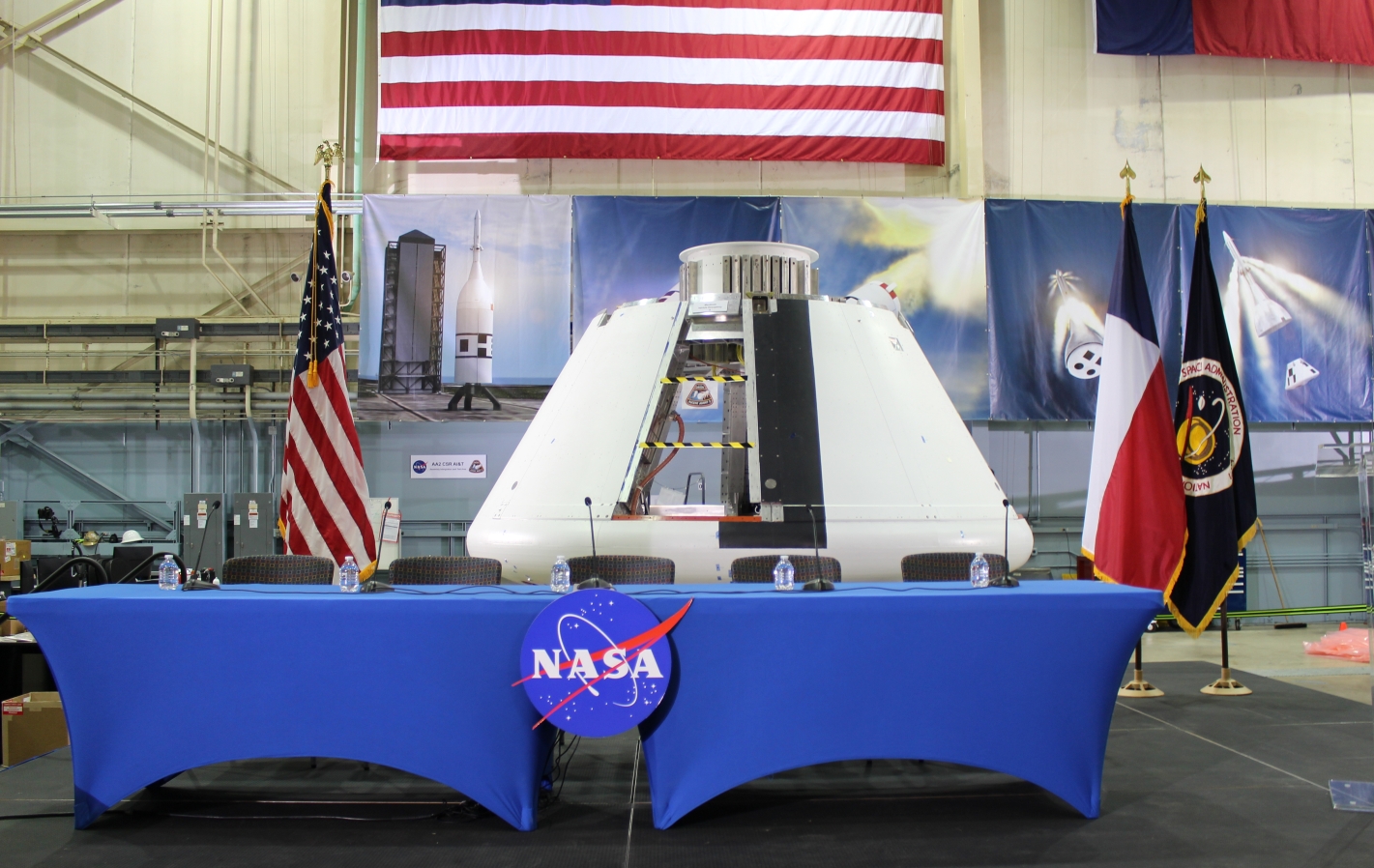The Orion spacecraft will soon be in space again.

Since the last launch Orion has passed almost three and a half years . The last time the unit flew in December 2014. Then everything went well, but the project left the agenda, there was almost no new information about it. Now activity has resumed. NASA has not forgotten about its program, which aims to create a multi-purpose ship for deep space. It is planned to use it, in particular, in order that astronauts can be delivered to the lunar orbit and take them back.
In less than a year, Orion, or rather, its full-scale model, will undergo an “emergency test”. If all goes well, then in another year Oroin will be sent to the lunar orbit for more than a week. The system must pass absolutely all tests before it can accept people. And only after the final tests, astronauts will fly to the lunar orbit to stay there for a long time. True, this will happen no earlier than in June 2022.
NASA is going to send two or four people to Orion to work in the orbit of the moon. This will be the first man’s return to the Moon since 1972. Plans can change, but all the same - progress in terms of deep space exploration can hardly be stopped. Now the development of the Earth satellite is one of the priorities set by US President Donald Trump. He is even ready to abandon Mars, since, in the opinion of him and his entourage, it is much easier to establish a colony on the Moon than on the Red Planet. And, importantly - cheaper.
A few weeks earlier, the Lyndon Johnson Space Center invited journalists to look at the Orion, which will fly into space next year in April. This time, the engineers created a module with 200 sensors that will track the acceleration throughout the entire flight. This is necessary so that scientists can evaluate the effect of the launch on the organisms of future astronauts.
The test flight envisages a flight to a height of 10 km, reaching Mach 1.3. At this point, the capsule rescue system must be activated in order to drop the command to a safe distance in the event of an accident. If a problem arises, the rescue capsule should move away from the main unit by 3 kilometers in just 15 seconds. Naturally, the people in the capsule will undergo a strong acceleration, so the developers need to understand the possible consequences for the human body.

This is the last chance to save people in the event of a contingency aboard the Orion.
Exploration Mission-2 can happen earlier than the agency plans now. Orion is planned to be launched with the help of the super-heavy launch vehicle Space Launch System (interestingly, there are doubts regarding the need to implement the project itself to develop this rocket, due to the existence of a much cheaper carrier from SpaceX). The purpose of the mission - the resumption of manned exploration of the solar system. Last year, it was planned that, in addition to flying around the moon, Orion will provide an opportunity to display the first module of the created space-based lunar station Space Launch System. NASA is planning this mission for about 2023.
Earlier it was reported that a manned spacecraft will also make an experimental flight around a captured asteroid in lunar orbit. But then NASA refused to capture the asteroid, at least temporarily. Anyway, Orion is planned to withdraw to the circumlunar orbit anyway - even with the capture of an asteroid, even without it.
Initially, NASA planned to send a team of astronauts into space, not with the first version of the SLS, but with the second, improved and more powerful one. But for this it would require to postpone the manned for 33 months. This is almost three years, which the agency now does not have - it is no longer possible to postpone the Orion mission. It has already been mentioned above that the very need to develop an ultra-expensive super-heavy SLS carrier is in doubt. Taxpayers have a simple question - if about the same opportunities as the SLS, the carrier of SpaceX has, then why pay more?
Even the head of NASA could not reasonably substantiate the need for sending SLS into space. At one time, he stated that one-time SLS can bring a heavier load into space than the launch vehicle from SpaceX. But the difference is so insignificant that the doubts of US taxpayers have not yet been dispelled.
Anyway, Orion is an actively developing project for which the agency spends about $ 1.35 billion a year. So there is nowhere to retreat, sooner or later the ship will go into space.
All Articles